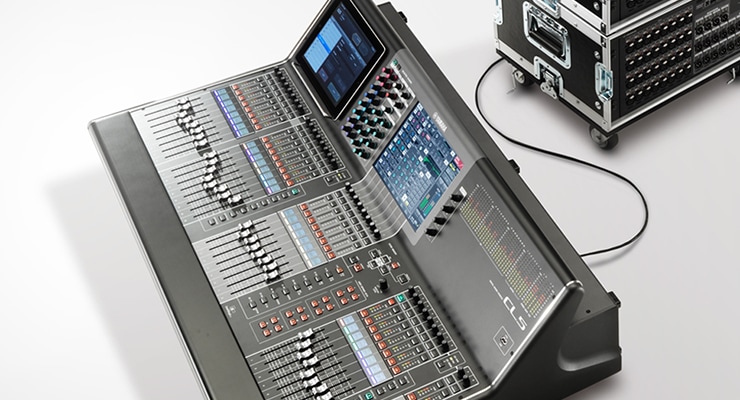Better Sound for Commercial Installations
Part 1: Sound Basics

04. Background Music
Application 2: Background Music (Enhancing the Environment)
Shopping centers, restaurants, hotels ... just about all of these and many other facilities will have a sound system for background music. Let's take a look at the role background music plays in such situations, and what is required of the sound system to deliver maximum performance.
The Many Uses of Background Music

As the name implies, background music, often simply called "BGM," is music that is intended to provide a background for other activities. The term is also sometimes applied to incidental music in movies or games. Here we're mainly concerned with the type of background music that is intended to create a pleasant, relaxing atmosphere. Background music is widely used in shopping centers, restaurants, hotels, offices, amusement parks, and many other types of facilities. In shopping centers it has proven to be effective in increasing the length of time customers stay in the store, and in increasing sales. In hospitals, peacefully cheerful music can help to reduce patients' fear and pain. Music is also sometimes used to convey messages to staff in such a way that the customers don't notice. For example, some department stores play a pre-determined piece of music to alert staff to the fact that it has begun raining outside, and that they should use the appropriate rainproof wrapping for purchased goods. This is a great way to alert staff without disrupting the in-store mood with jarring announcements.
(Figure: BGM is effective in enhancing atmosphere, and can be used in a wide range of situations.)
BGM for Relaxation and Masking
Background music is most commonly used for two main purposes. As we saw in the preceding examples it can reduce tension and help people to relax. A second important use is in masking the sound of office equipment, air conditioning, or other types of noise.
Designing a Sound System for Background Music
We've seen that background music can enhance the atmosphere in a range of facilities, but we don't want the BGM to be too obtrusive otherwise it can become annoying and have the opposite effect. BGM should always remain discreetly in the background.
Of course the first requirement for keeping BGM in its place is to set an appropriate volume level, and that volume level should be constant throughout the target area. The speaker system needs to be installed so that there are no "hot spots," and people should not be able to locate the source of the sound. This type of speaker system is generally referred to as a "distributed speaker system." Distributed speaker systems will be discussed in more detail in "Speaker Layout and Sound Pressure Level" in Part 2.
Another point to consider is that if a speaker system is visibly obvious it can be an eyesore and detract from the interior décor. The type of speakers to be used and the way they are to be laid out and installed must be planned carefully. This will be discussed more in "Types of Speaker Systems" in Part 2.
The applications we've seen so far - announcements and background music - use sound as a supplementary function that supports operation of the facility. Now let's take a look live events and other situations in which sound is the main feature.
Contents
The sound systems that broadcast the information you're hearing have been carefully designed and installed to suit the needs of each individual facility.
This series offers information aimed at achieving the best possible sound in commercial installations, from the basics to equipment selection and day-to-day operation.








